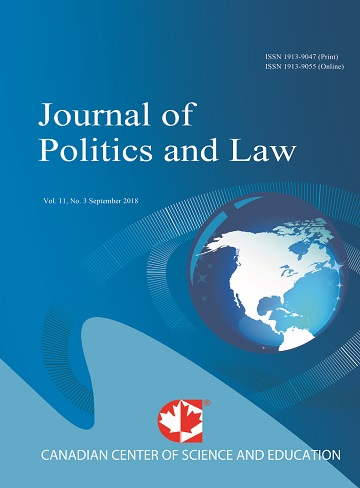Refugee Crisis in North America: Comparative Case Study of the United States and Canada
- Zhanna Dossan
Abstract
The US continues to lean toward a traditional, negative approach (Gomez, 2018) and to encourage cultural diversity in Canada. In their initial immigration legislation, the Canada and US shared profound resemblances: both began with Euro- and Christian-centered laws in order to limit the influx of migrants from Southern/Eastern Europe and Asia. The researcher has taken an empirical approach to a comparative methodology, and performed a study of the immigration policies of each country empirically. Both qualitative and also quantitative data analysis approaches were used for the present research. The findings of the research suggest that the two countries share some of the foundational similarities concerning their initial immigration law. For instance, this includes the inception of their policies with the base as Euro and Christian policies, where both attempted to achieve restricted migration flow from the Asia as well as Southern/Eastern Europe. However, with time, the changes in the migration policies have occurred due to the diverging socio-cultural as well as geographical aspects.
- Full Text:
 PDF
PDF
- DOI:10.5539/jpl.v14n3p59
Journal Metrics
h-index (2017): 14
i10-index (2017): 39
h5-index (2017): 9
h5-median (2017): 11
Index
- Academic Journals Database
- ACNP
- ANVUR (Italian National Agency for the Evaluation of Universities and Research Institutes)
- Berkeley Library
- CNKI Scholar
- COPAC
- CrossRef
- DTU Library
- EBSCOhost
- Elektronische Zeitschriftenbibliothek (EZB)
- EuroPub Database
- Excellence in Research for Australia (ERA)
- Genamics JournalSeek
- GETIT@YALE (Yale University Library)
- Ghent University Library
- Google Scholar
- Harvard Library
- HeinOnline
- INDEX ISLAMICUS
- Infotrieve
- Jisc Library Hub Discover
- JournalGuide
- JournalTOCs
- LOCKSS
- MIAR
- Mir@bel
- NewJour
- Norwegian Centre for Research Data (NSD)
- Open J-Gate
- PKP Open Archives Harvester
- Publons
- Pubmed journal list
- RePEc
- ROAD
- Scilit
- SHERPA/RoMEO
- Standard Periodical Directory
- Stanford Libraries
- UCR Library
- Ulrich's
- UniCat
- Universe Digital Library
- UoS Library
- WorldCat
- Zeitschriften Daten Bank (ZDB)
Contact
- William TaiEditorial Assistant
- jpl@ccsenet.org
